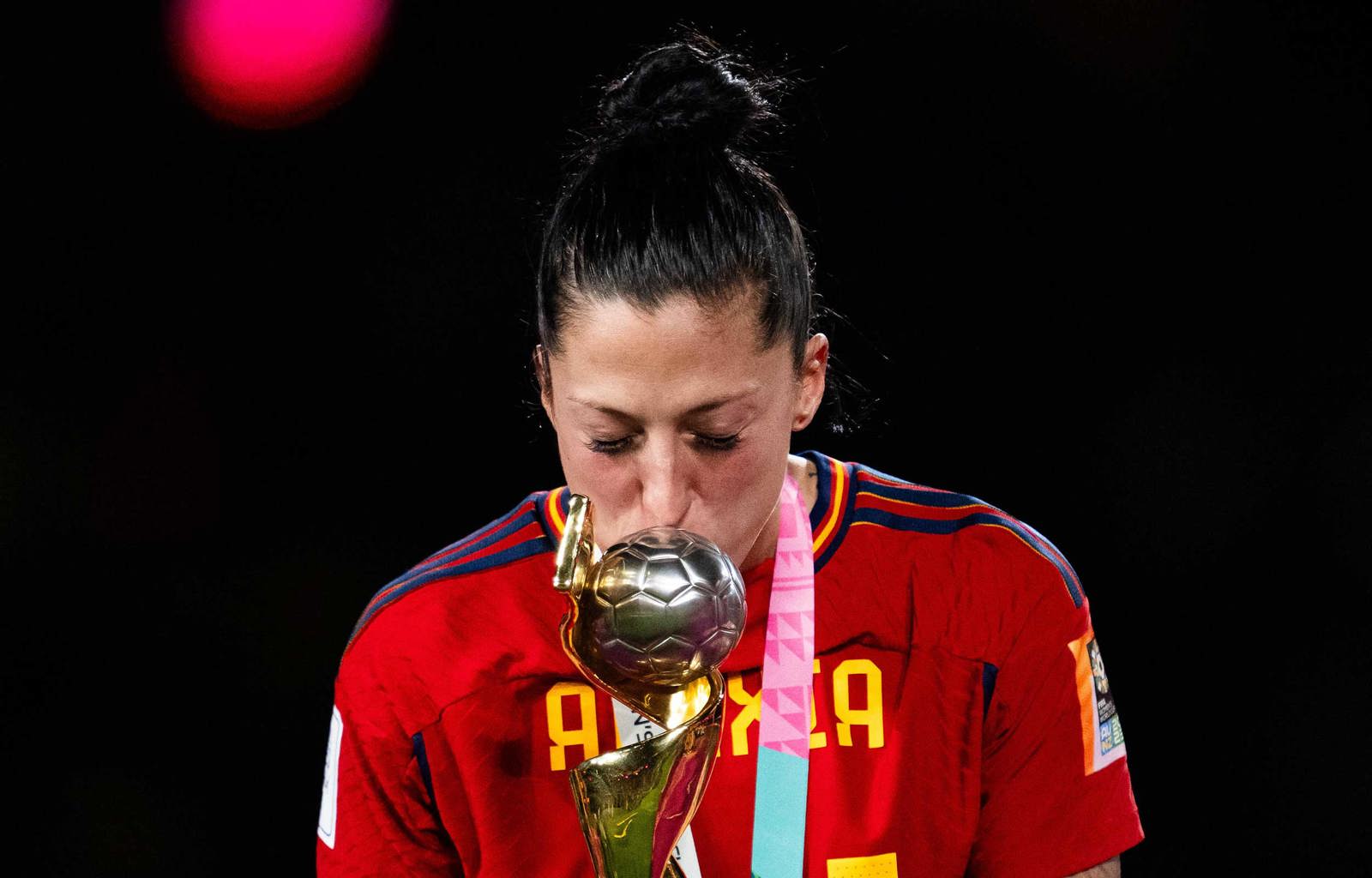
Lately, women’s football has witnessed significant growth and achievements, but behind the scenes, there are challenges that demand attention. From ACL injuries to the broader challenges faced by national teams, there is much to be done.
The persistent plague that is ACL Injuries
The rise of ACL injuries in women’s football poses a significant threat to player well-being and the sport’s overall growth.
Football-focused research, which remains scarce, indicates that women face a sixfold higher likelihood of experiencing ACL injuries compared to their male counterparts. They are 25% less likely to achieve full recovery. The incidence of ACL injuries per 1000 match playing hours varies between 0.6 and 2.2.
For instance, during the Women’s World Cup, a surge in ACL injuries was observed, impacting top-performing national teams. Between 25 and 30 players, equivalent to a full squad, missed the 2023 Women’s World Cup due to ACL tears. Among the notable absentees were Leah Williamson, Beth Mead (England), Janine Beckie (Canada), Delphine Cascarino, Marie-Antoinette Katoto (France), Vivianne Miedema (Netherlands), Christen Press, and Catarina Macario (United States).
The day Beth Mead returned, Gabby George tore her ACL.
The day Vivianne Miedema scored her first goal back in a friendly, Sam Kerr tore her ACL.
The day Leah Williamson returned, Jill Roord tore her ACL.
— tyra (@tyra_utd) January 28, 2024
Funding emerges as the solution in the fight against ACL injuries. Allocating resources to research and implementing female-specific training methodologies, and injury prevention strategies, as well as promoting accessibility to high-quality health care can drastically reduce the frequency of ACL injuries.
Investment in sports science and player education is crucial. For instance, national teams like the US and Australia have witnessed a decline in ACL injuries after implementing targeted funding for injury prevention.
Media coverage as a catalyst for equal pay advocacy
The shortage of media coverage has long perpetuated the gender pay gap in football. High media representation isn’t just a reflection of success but a catalyst for change. High-profile tournaments and standout performances need widespread visibility.
For one, the 2023 Women’s World Cup generated record-breaking viewership numbers. England’s semi-final win against Australia was the most-watched match of the tournament. It had 4.6 million viewers on BBC One and over 3.8 million streams on BBC iPlayer and BBC Sport Online.
Enhanced media coverage is directly linked to increased awareness and advocacy for equal pay. Equal pay isn’t merely an ethical imperative; it’s a strategic investment. Enhanced media coverage begets increased viewership, sponsorship deals, and merchandise sales. Bridging the pay gap is very important. It is unfortunate how much it is undermined.
Allocating financial resources to women’s leagues and incentivizing corporate partnerships amplifies the economic viability of women’s football. For example, the revenue generated by the Women’s World Cup 2023 surpassed expectations. There was a 30% increase compared to the previous edition.
Adequate resourcing as a means of safeguarding the future
The women’s game has been growing so much lately. It is a huge positive. But without adequate resourcing to match the level of output the players put in, the long-term success of the sport is at risk.
As we have seen, there is plenty of research that has been done. However, it is not being put into action.
It is important to have the right resources allocated efficiently. Unlike male footballers, female footballers often lack the privilege of receiving high-quality training from early childhood to prepare them for elite professional levels as adults. To bridge this gap, investments in youth development, and infrastructure have become crucial. Allocating budgets for female-focused coaching education, state-of-the-art facilities, and nurturing talent initiatives ensures a safe and thrilling playing environment.
Beckie speaking on ACL injury rates: “You've changed the schedule to mimic the men yet you're not giving the female players the same level of resources – If you're going ask an elite athlete to play 50 games a season, you've got provide them the top-of-the-line care." pic.twitter.com/Yft5tYHMuh
— SHE scores bangers (@SHEscoresbanger) April 28, 2023
When looking at the state of women’s football, it becomes clear that funding is the powerhouse. Funding will help with tackling the challenge of ACL injuries, breaking down barriers to equal pay, and safeguarding the sport’s future. If funds are directed into the right spaces, the narrative around women’s football will undergo a profound shift. The call is for joint efforts, strategic investments, and unwavering commitment to realizing the immense potential of women’s football.
The game is already a haven of talent and toughness. Real change though, will add more of these, as well as fairness. It will ensure a secure legacy that extends well into the future.
Misconduct in Women’s Football Leadership
2023’s World Cup final showcased the brilliance of women’s football. However, it also revealed the dark shadows that loom over the sport. The medal ceremony after Spain beat England to take home the trophy took a disturbing turn. Former Spanish Football Chief Luis Rubiales engaged in an unsettling act by kissing Jennifer Hermoso on the lips. This incident left Hermoso feeling “vulnerable and a victim of an impulse-driven, sexist, out-of-place act without any consent.”
Hermoso’s brave statement triggered support from her teammates and prominent figures like USWNT captain Alex Morgan. The Spanish players took a stand, refusing to play for the national team as long as Rubiales remained in charge. Some male players, including Borja Iglesias, also distanced themselves from the federation.
This alarming incident adds to several controversies surrounding the Spanish team. In 2022, 15 players protested against head coach Jorge Vilda. During the finals at the 2023 World Cup, Vilda was seen touching a female staffer while celebrating.
Until 2019, there was a rule that players could not lock the doors of their hotel rooms at night on international duty. They had to wait until Vilda came over and checked everything was fine.
RFEF Pres behaves inappropriately, tolerating it for others
pic.twitter.com/ImGdFyhFXg— SHE scores bangers (@SHEscoresbanger) August 21, 2023
Such incidents highlight the urgent need for a safe and respectful environment in women’s football. It is deeply disheartening that individuals responsible for creating unsafe spaces for women still hold positions of authority.
This serves as a reminder that the fight for equality in football goes beyond pay and media coverage. It extends to creating an environment where women feel secure, respected, and free from harassment. The appointment of Jorge Vilda as the new manager of Morocco’s women’s team, despite the investigations and controversies surrounding him, reflects the systemic issues that persist.
The call for change is louder than ever. It is important to dismantle these barriers, hold perpetrators accountable, and prioritize the safety of women in football. The progress of women’s football cannot be separated from the broader context of equality, respect, and protection from all forms of misconduct.












